Human eyes perceive blue color when observing light which has a dominant wavelength of 450 to 495 nanometers. In painting and traditional color theory, blue is one of the three primary colors of pigments (red, yellow, and blue), which can be mixed to form a wide gamut of colors.
Red and blue mixed together form violet and blue and yellow form green. Mixing all three primary colors produces a dark grey. From the Renaissance onward, painters used this system to create their colors.
RYB and CMYK
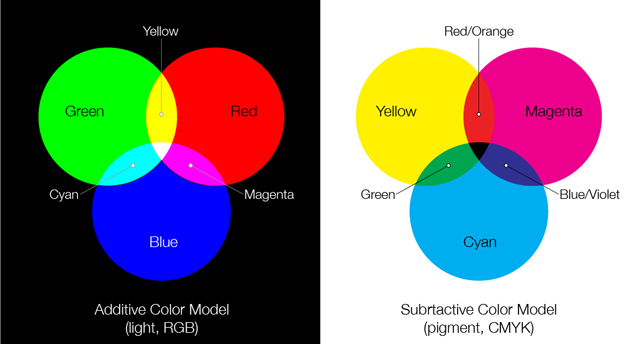
The RYB (Red, Yellow, and Blue) model was used for color printing by Jacob Christoph Le Blon in 1725. Later, printers discovered. It helps to get accurate colors by using combinations of cyan, magenta, yellow, and black ink (CMYK), put onto separate inked plates, and then overlaid one at a time onto paper. This method could produce almost all the colors in the spectrum with reasonable accuracy.
The main properties of color like hue, saturation, and value or HSV color wheel also shows yellow as the complementary color of blue which is an equal mixture of red and green.
Relationship of blue color and emotions
The relationship between colors and emotions was first written by Goethe in 1810, in his book “theory of colors.” He said that blue means “draws us after it.” The color blue is generally found in the skies and the sea. It is associated with open spaces, freedom, intuition, imagination, inspiration, and sensitivity. Blue also represents the meanings of depth, trust, loyalty, sincerity, wisdom, confidence, stability, faith, and intelligence.
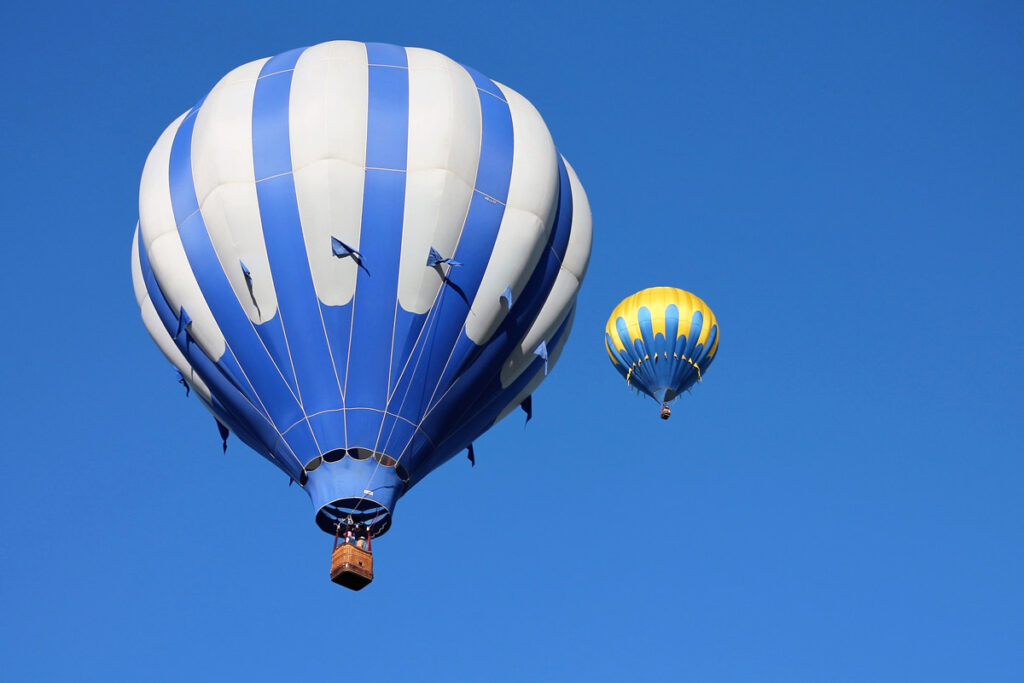
Blue can represent rest and can cause the body to produce chemicals that are calming and release feelings of tranquility. Blue is also cooling in nature and helps with balance and self-expression. The color blue in many cultures is significant in religious beliefs, brings peace, or is believed to keep the bad spirits away.
Sometimes too much blue conveys loneliness and sadness. Some specific elements like rain and a big frame with small object composition depict the loneliness. In the color wheel, yellow is the opposite of blue. These complementary colors produce a beautiful photographic composition.
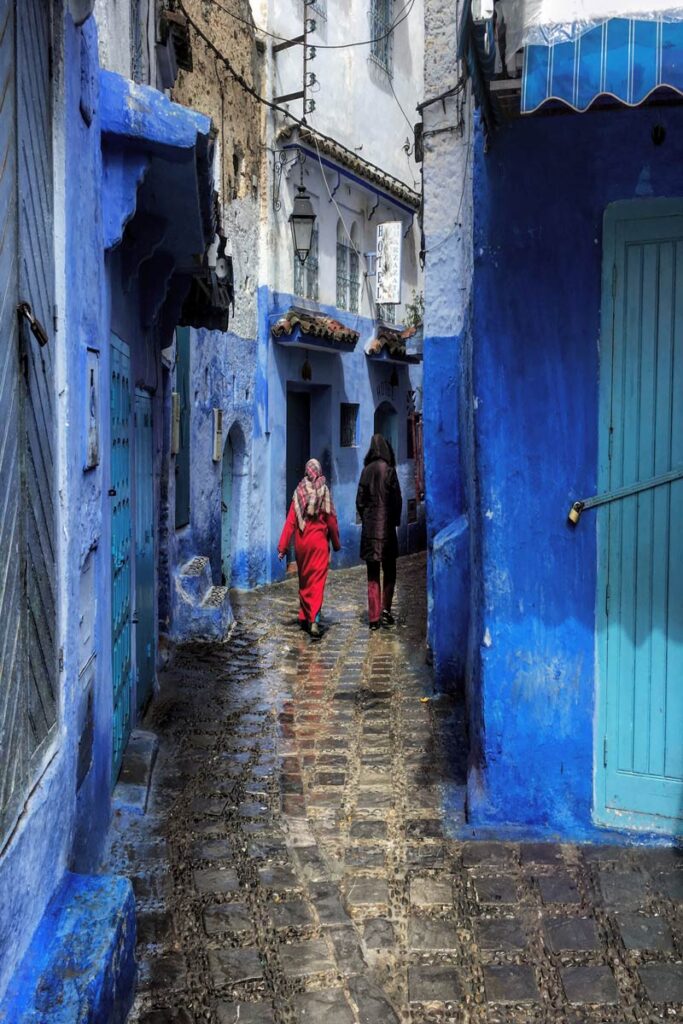
Blue color tip
The volume of blue color helps a composition for portrait, conceptual, and landscape photography. It creates a dramatic environment in a photographic composition. Muted blue helps to make a beautiful landscape composition. But the tricky part is that do not merge all the areas in blue. It will be monotonous and fails to convey the right message to the viewers.
The desaturated (color pigment is mixed with other color pigments) and enhanced blue color can be fine tune through the post-processing technique. If the photographer makes a composition with balanced warm and cool colors, it draws the full attention of the viewers. For example, orange or yellow color as an object and blue color may use in the background.

Blue color and believes
Painter Vincent van Gogh once said, “I never get tired of the blue sky.” Blue is believed to symbolize the male gender in Western cultures – though this hasn’t always been the case. In China, blue manifests itself as a color of healing, relaxation, and immortality. In countries like Turkey, Greece, and Albania, blue is said to repel evil. Hindu tradition associates blue with Krishna and Rama, a deity that embodies love, virtue, and divinity. Furthermore, in German, Swedish and Norwegian languages, a naïve person is said to look upon the world with a blue eye.
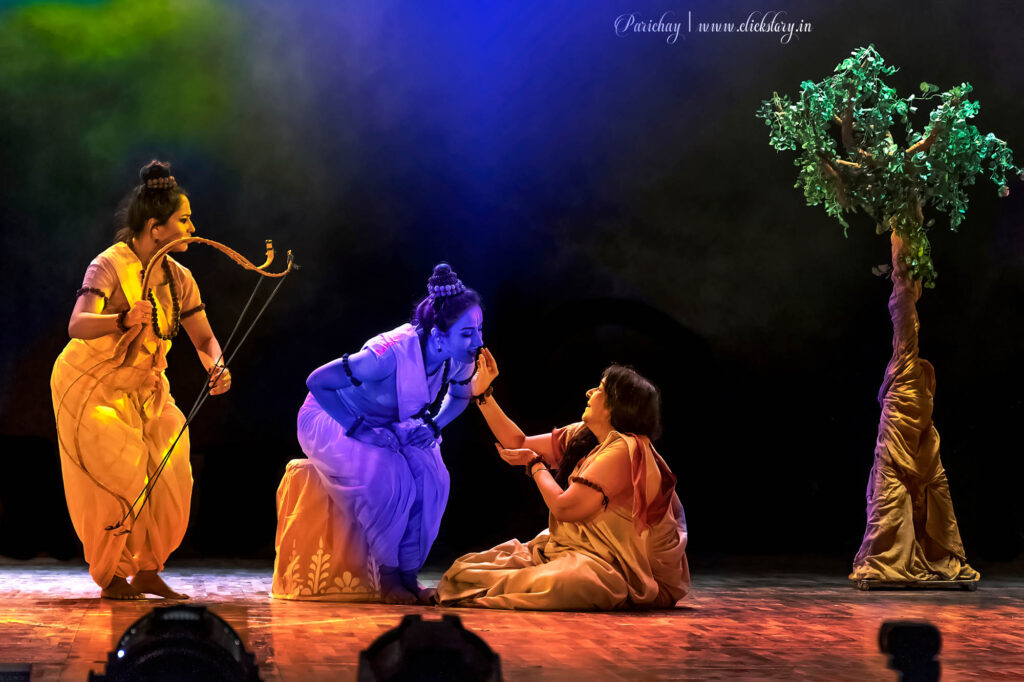
Photographers and blue colors
Birthed from nature and art, blue’s associations play a critical role in conveying the nature of the photographic image. Luigi Ghirri explored the relationship between shape and space by incorporating large fields of blue sky into his imagery. Color pioneer Martin Parr makes use of rich blues to create a surreal juxtaposition between subject, object, and nature. Bill Henson uses blue hues to cultivate experiential photographic dramas. David Burdeny photographs precision landscapes, using blue to illustrate the materiality of his abstract vistas.
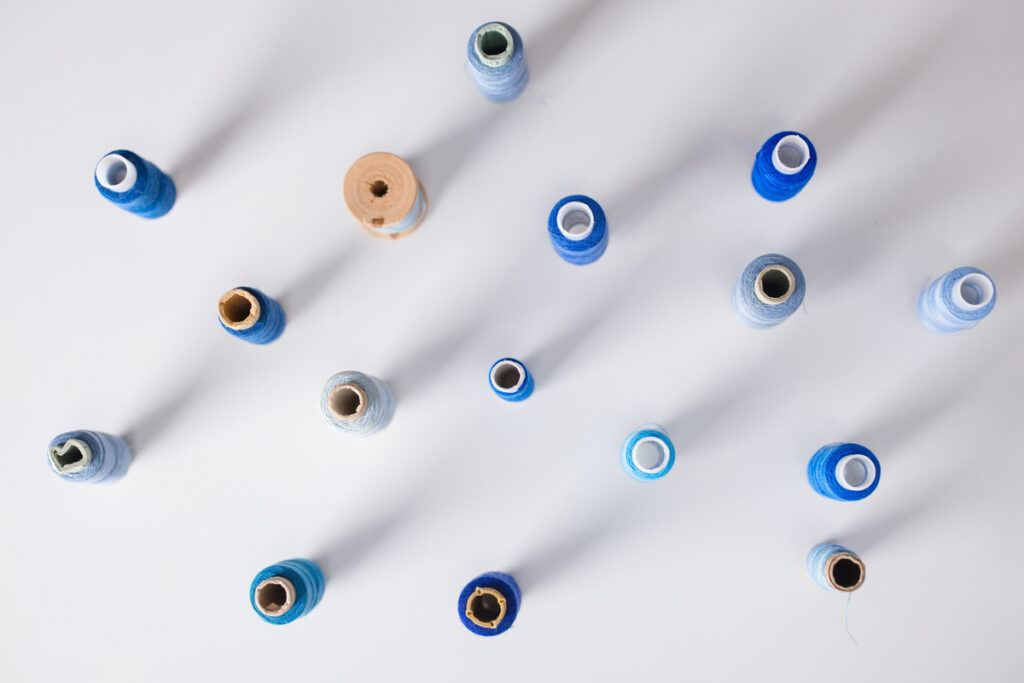
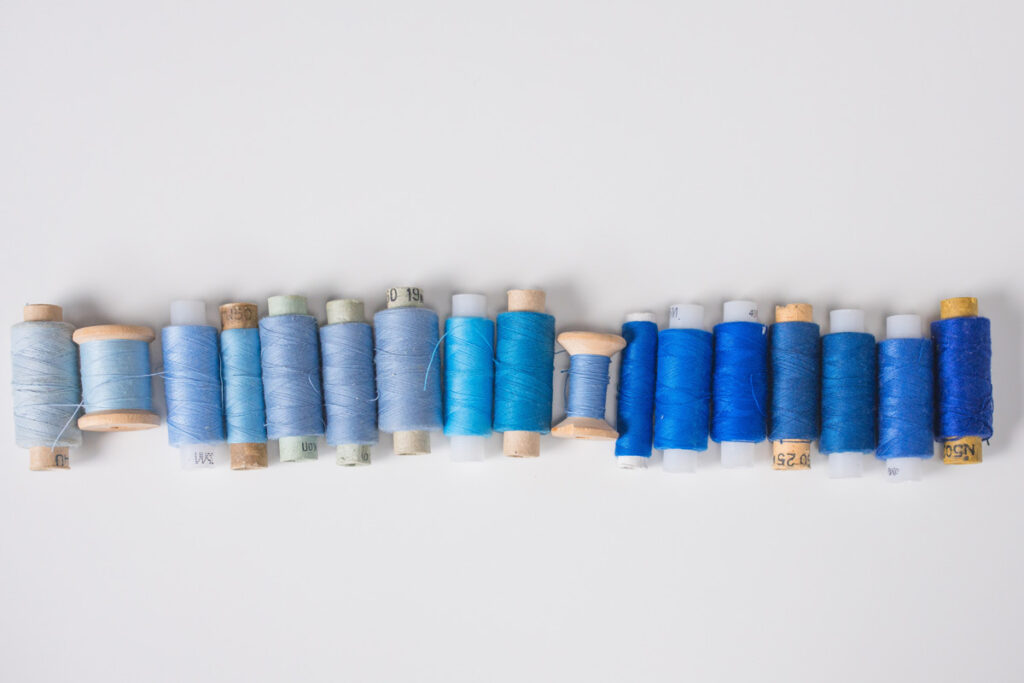
Other applications of blue color in photography
The color blue has other applications in photography too. Occurring just after sunset and just before sunrise, the blue hour is a period when the sun drops below the horizon and residual sunlight takes on a blue hue. Valued for its soft quality of light, blue hour is popular with portrait and landscape photographers. In addition, blue filters (applied on-camera or in post-production) are used in black and white photography to increase the appearance of mist and haze.
You might like to read color, color and its impact, texture, shape, line.
Acknowledgement: various photography websites and pexels

lovely
Class write up sir
excellent
class info